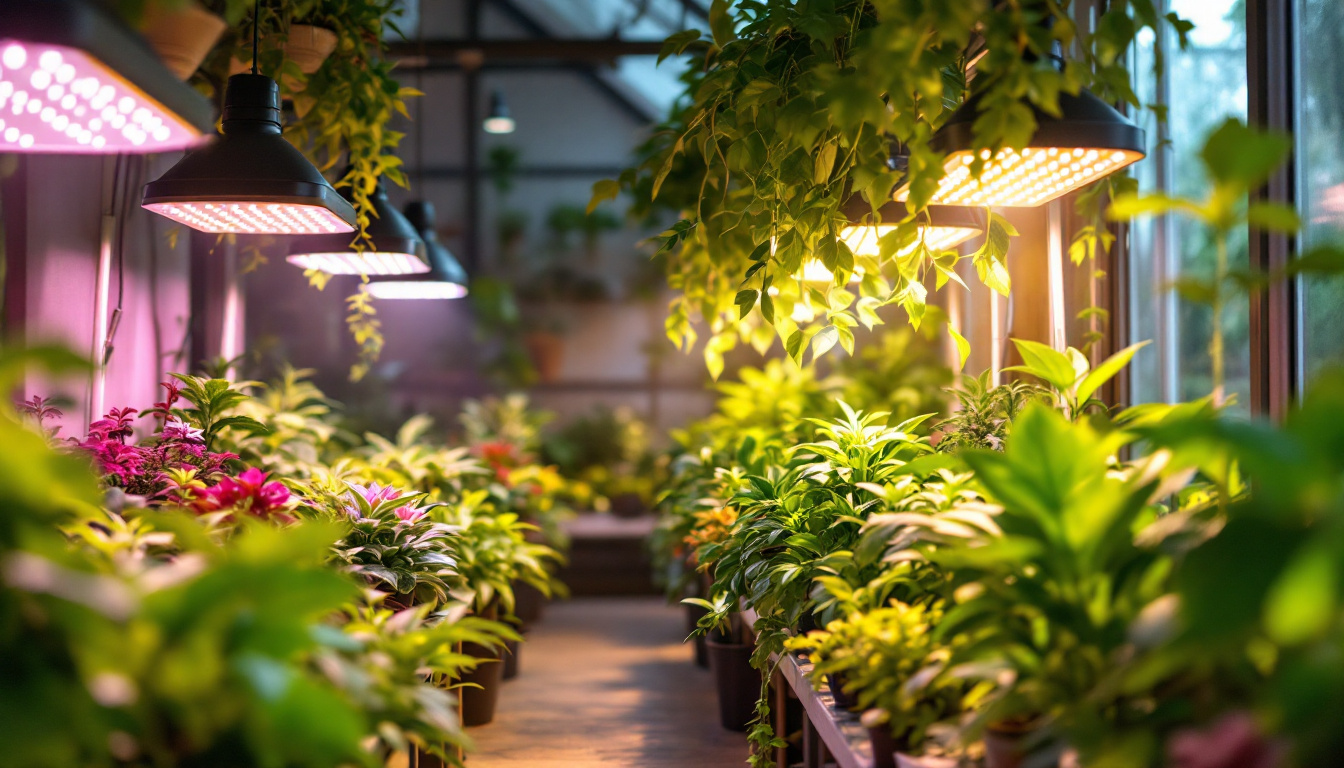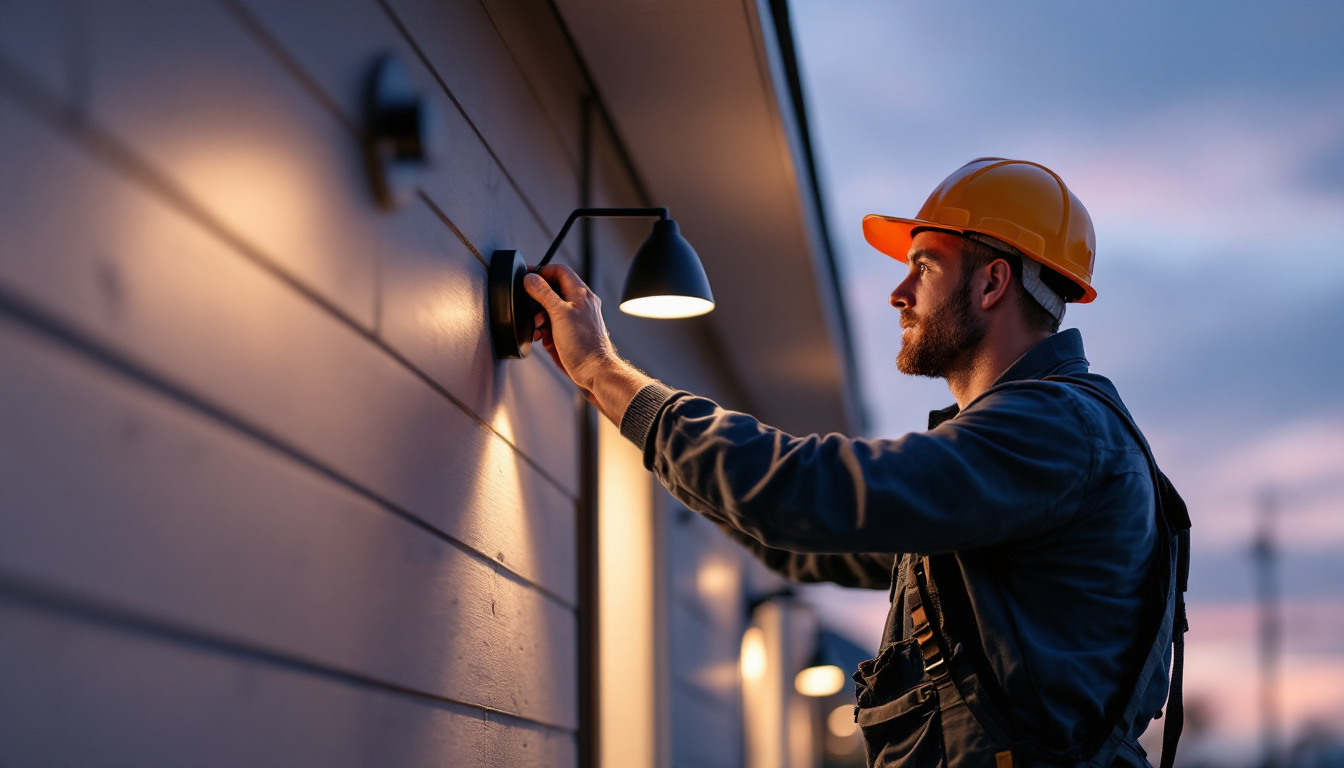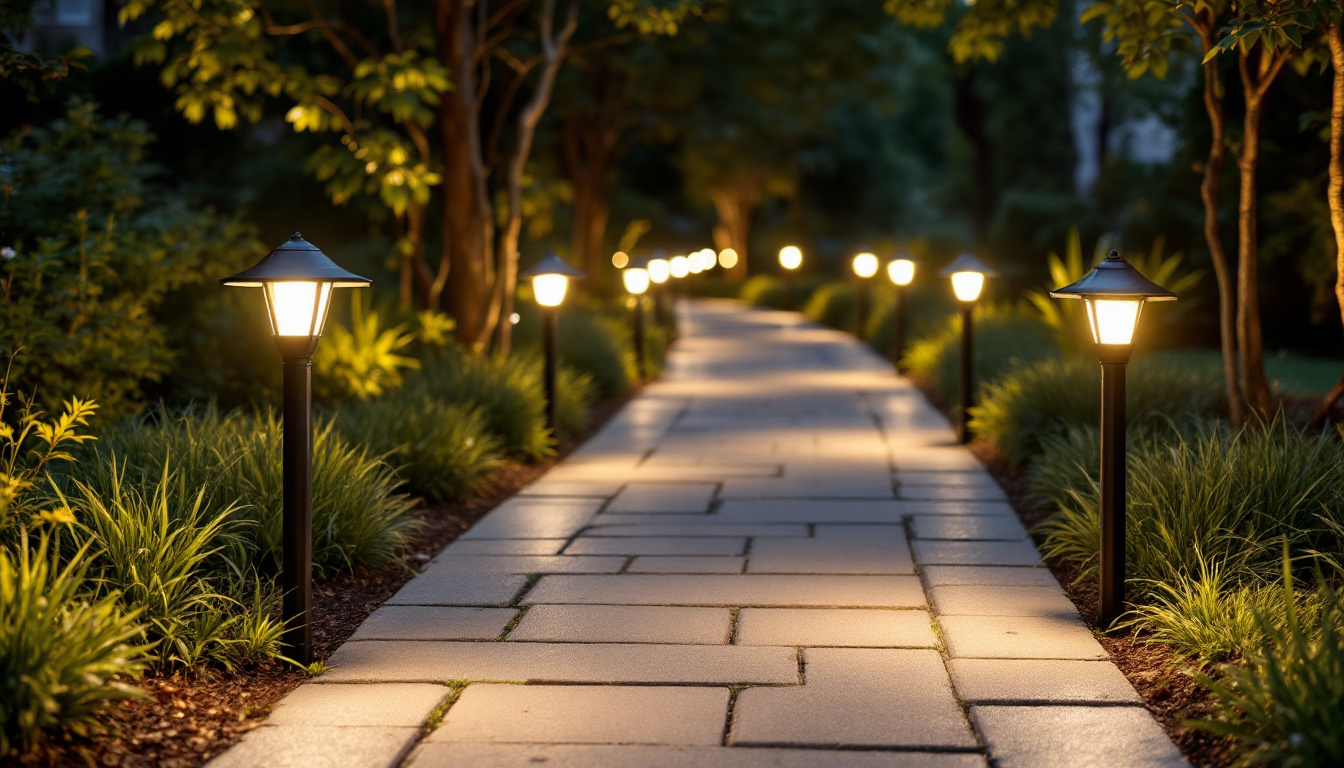
As the demand for efficient and sustainable lighting solutions continues to grow, LED grow lighting has emerged as a game-changer in the horticultural industry. For lighting contractors, understanding the intricacies of LED technology is crucial to providing clients with effective solutions that enhance plant growth while minimizing energy consumption. This comprehensive guide delves into the essential aspects of LED grow lighting, offering insights that will empower contractors to make informed decisions.
LED (Light Emitting Diode) technology has revolutionized the way we approach lighting. Unlike traditional incandescent or fluorescent bulbs, LEDs convert a higher percentage of energy into light, making them more efficient and environmentally friendly. This shift not only benefits consumers through reduced energy costs but also contributes to a decrease in greenhouse gas emissions, aligning with global efforts to promote sustainability and combat climate change.
At the core of LED technology is the semiconductor material that emits light when an electric current passes through it. This process, known as electroluminescence, results in minimal heat production, which is a significant advantage for horticultural applications. The ability to control the light spectrum emitted by LEDs allows for tailored lighting solutions that can be optimized for various plant species and growth stages. This precision in light spectrum can enhance photosynthesis, leading to healthier plants and potentially higher yields, making LEDs a favorite among indoor and commercial growers alike.
LED grow lights offer numerous advantages over traditional lighting options. Firstly, they consume significantly less energy, leading to lower electricity bills for growers. Secondly, their long lifespan reduces the need for frequent replacements, which can be both costly and disruptive. Additionally, LEDs produce less heat, allowing for closer placement to plants without the risk of damaging them. This feature not only maximizes the efficiency of light usage but also creates a more stable growing environment, which is crucial for delicate seedlings and flowering plants. Moreover, the compact design of LED fixtures allows for versatile installation options, making them suitable for various growing setups, from small home gardens to large-scale commercial operations.
For lighting contractors, selecting the right LED grow lights involves understanding several critical factors. Each of these factors plays a vital role in ensuring that the lighting solution meets the specific needs of the plants being cultivated.
The light spectrum is one of the most crucial aspects of LED grow lighting. Plants primarily utilize blue and red wavelengths for photosynthesis. Blue light promotes vegetative growth, while red light encourages flowering and fruiting. Some advanced LED systems offer full-spectrum lighting, which mimics natural sunlight and supports plants throughout their growth cycle. Additionally, certain grow lights come with adjustable spectrum settings, allowing growers to tailor the light output to the specific growth stage of their plants. This flexibility can be particularly beneficial in a commercial setting where different crops may have varying light requirements.
Another important consideration is the intensity of the light emitted by the LEDs. Different plants require varying light intensities, and understanding the specific needs of the plants being grown is essential. Additionally, the coverage area of the lights must be evaluated to ensure that all plants receive adequate illumination. This may involve calculating the distance between the lights and the plants to achieve optimal light penetration. It is also worth noting that the height at which the lights are installed can affect the distribution of light intensity across the growing area. For instance, higher installations may result in a broader but less intense light spread, while lower installations can provide concentrated light but may require careful management to avoid light burn on sensitive plants.
While the initial investment in LED grow lights may be higher than traditional options, the long-term savings on energy costs and maintenance should not be overlooked. Lighting contractors should educate clients on the total cost of ownership, which includes energy consumption, replacement costs, and potential savings over time. This holistic view can help clients make informed decisions that align with their budget and sustainability goals. Furthermore, many LED grow lights have a lifespan of over 50,000 hours, significantly reducing the frequency of replacements compared to conventional lighting systems. This longevity not only contributes to cost savings but also minimizes waste, making LED lights a more environmentally friendly choice. Additionally, the ability to integrate LED systems with smart technology for automated control can further enhance energy efficiency, allowing for precise adjustments based on real-time conditions in the growing environment.
Proper installation of LED grow lights is essential for maximizing their effectiveness. Lighting contractors must adhere to best practices to ensure that the lighting system operates efficiently and safely.
The placement and height of LED grow lights can significantly impact their performance. It is crucial to position the lights at the correct distance from the plants to avoid light burn or insufficient light exposure. Generally, LED lights can be placed closer to plants than traditional lighting due to their lower heat output. However, specific recommendations may vary based on the type of plant and the light intensity. For instance, seedlings and young plants may thrive under lights positioned just a few inches away, while mature plants may require a greater distance to prevent stress and promote healthy growth. Additionally, utilizing adjustable mounting systems can provide flexibility, allowing growers to easily modify the height as the plants develop.
Electrical safety is paramount when installing LED grow lights. Contractors should ensure that all wiring is up to code and that appropriate circuit breakers are in place to handle the electrical load. Utilizing timers and dimmers can also enhance energy efficiency and allow for customized lighting schedules that cater to the needs of the plants. Furthermore, it is advisable to use waterproof connectors and fixtures, especially in environments with high humidity, to prevent short circuits and prolong the lifespan of the lighting system. Regular maintenance checks on the electrical components can also help identify potential issues before they escalate, ensuring a safe and reliable setup for optimal plant growth.
In addition to proper placement and electrical safety, effective ventilation and heat management are critical components of LED grow light installation. While LEDs generate less heat than traditional lighting, they can still contribute to temperature increases in enclosed growing spaces. Adequate airflow is necessary to maintain an optimal temperature range for plant health. Installing exhaust fans or using passive ventilation techniques can help dissipate excess heat and maintain humidity levels. Moreover, monitoring the temperature and humidity with sensors can provide real-time data, allowing growers to make informed adjustments to their environment. This proactive approach not only enhances plant growth but also improves the overall efficiency of the lighting system.
Regular maintenance is essential to ensure that LED grow lights continue to function optimally over time. Lighting contractors should provide clients with guidelines for maintenance and troubleshooting common issues that may arise.
Dust and debris can accumulate on LED grow lights, reducing their efficiency. Regular cleaning is necessary to maintain optimal light output. Contractors should recommend using a soft cloth and a gentle cleaning solution to avoid damaging the fixtures. Additionally, ensuring that the cooling systems are functioning correctly can help prolong the lifespan of the lights.
In the event of performance issues, contractors should be equipped to identify and resolve common problems. Flickering lights, inconsistent brightness, or color shifts can indicate underlying issues that may require professional attention. Educating clients on how to recognize these signs can foster trust and demonstrate expertise.
The landscape of LED grow lighting is continually evolving, driven by advancements in technology and growing awareness of sustainability. Lighting contractors should stay informed about emerging trends to provide clients with cutting-edge solutions.
Smart lighting technology is gaining traction in the horticultural sector. These systems allow for remote monitoring and control of lighting conditions, enabling growers to adjust settings based on real-time data. Features such as automated dimming, light spectrum adjustments, and integration with environmental sensors can optimize plant growth and enhance energy efficiency.
Research is ongoing into the development of new LED technologies that can provide even more precise control over light spectra. Innovations such as tunable spectrum LEDs allow growers to customize light wavelengths based on specific plant needs, potentially leading to improved yields and quality. Contractors who are knowledgeable about these advancements will be better positioned to serve their clients effectively.
Real-world examples of successful LED grow lighting implementations can serve as valuable learning tools for lighting contractors. These case studies highlight the versatility and effectiveness of LED technology in various horticultural settings.
In commercial greenhouse operations, LED grow lights have been instrumental in increasing productivity while reducing energy costs. One notable case involved a large-scale vegetable grower who transitioned from traditional lighting to a full-spectrum LED system. The result was a significant increase in crop yield and a reduction in energy consumption by over 50%. This case illustrates the potential for LED technology to enhance efficiency and profitability in commercial horticulture.
Indoor vertical farms have also benefited from the adoption of LED grow lighting. A prominent indoor farm specializing in leafy greens implemented a tailored LED system that provided optimal light conditions for growth. The flexibility of LED technology allowed for precise control over light intensity and spectrum, resulting in faster growth rates and improved product quality. This example demonstrates the adaptability of LED grow lights in innovative agricultural practices.
As the horticultural industry continues to evolve, LED grow lighting stands out as a sustainable and efficient solution for lighting contractors. By understanding the technology, selecting the right products, and implementing best practices, contractors can provide clients with exceptional lighting solutions that enhance plant growth and reduce energy costs.
Staying informed about the latest trends and advancements in LED technology will empower contractors to remain competitive in a rapidly changing market. With the right knowledge and expertise, lighting contractors can play a pivotal role in shaping the future of horticultural lighting.
Ready to elevate your lighting projects with the most efficient LED grow lighting solutions? At LumenWholesale, we specialize in providing lighting contractors with high-quality, spec-grade products at the best wholesale prices. Say goodbye to local distributor markups and hello to a vast selection of reliable lighting that meets rigorous industry standards. With free shipping on bulk orders, LumenWholesale is your go-to source for premium lighting without hidden fees or compromises. Enhance your horticultural lighting projects today and experience the unbeatable value of wholesale lighting with LumenWholesale.

Discover essential tips for lighting contractors to enhance outdoor spaces with the perfect exterior light fixtures.

Discover the pitfalls to avoid when installing outdoor path lights with insights into common mistakes made by lighting contractors.

Discover expert strategies and innovative solutions for lighting contractors in this comprehensive guide to office light fixtures.

Discover how Lotus LED Lighting is revolutionizing the projects of lighting contractors with its innovative designs and energy-efficient solutions.